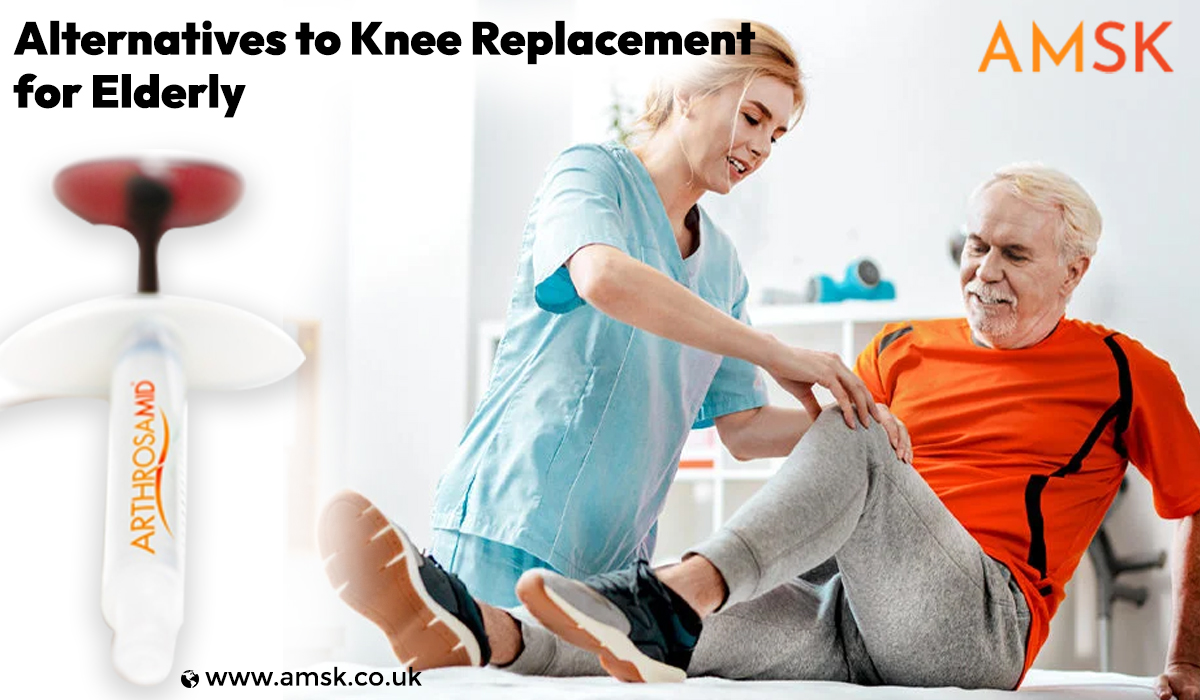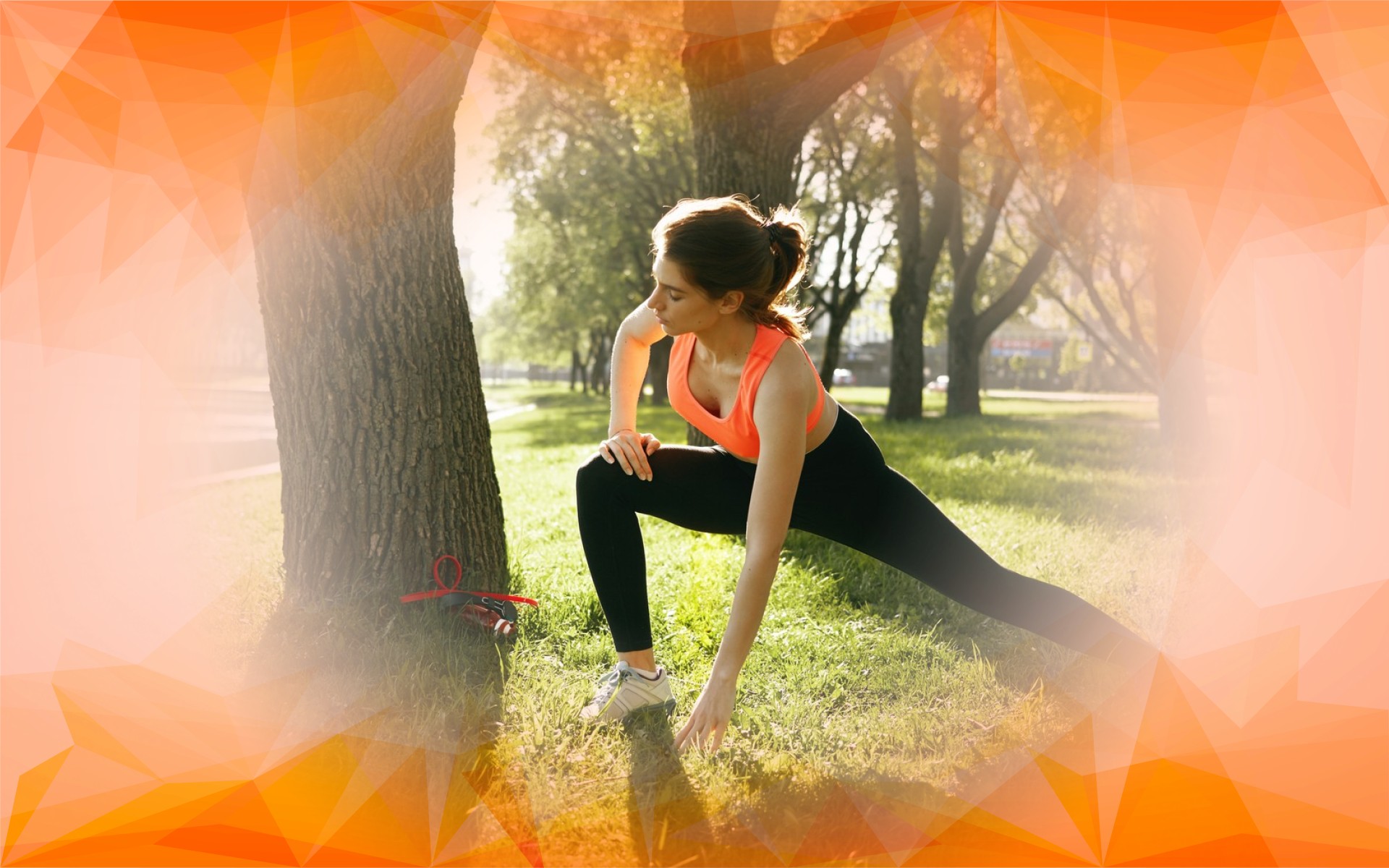Most elderly people have a high chance of developing Osteoarthritis. It is a severe knee condition where one undergoes severe pain and irritation in the knee joints. In critical cases, orthopaedic experts mostly recommend knee replacement surgery. However, for elderly patients, such surgical treatment is not always suitable as several complications and risks are associated with it. Also, elderly patients need more recovery time than usual. Fortunately, there are safe, effective, and non-surgical alternatives to knee replacement for elderly such as Arthrosamid injections. These injections can mitigate joint pain, increasing lubricity between the keen cavity and restoring knee mobility.
What is Arthosamid?
Arthrosamid is a non-biodegradable polyacrylamide hydrogel injection that is infused in intra-articular space between the cartilages of the Femur and the Tibia. Made with 95% non-pyrogenic water and 2.5% cross-linked polyacrylamide, Arthrosamid is known for motorising Synovial membranes and is responsible for producing synovial fluid that keeps the knee cavity lubricated. Within 27 weeks of injecting Arthrosamid knee injection, patients can see improvement in knee mobility reducing pain and knee stiffness.
How Does Arthosamid Work in Elderly Patients?
Osteoarthritis is a condition where synovial fluid between the knee joint dries up, causing vigorous friction between the cartilages of each bone. And this leads to unbearable pain and irritation and can even stiffen your knee. Arthrosamid hydrogel injection works as a catalyst in rejuvenating the synovial fluid and helps it to act as a lubricant to reduce friction and absorb shock. Hence, it is considered to be one of the finest alternatives to knee replacement for elderly.
Why Is Arthosamid A Revolutionary Alternative To Knee Replacement For Elderly?
There are various reasons that back Arthrosamid Injection as the best alternative to Knee replacement. Such as:
- Non-Invasive Form Of Treatment
Arthrosamid is a non-invasive or non-surgical treatment to treat Osteoarthritis. Getting this treatment eliminates the risk of incision failure, infection, internal fracture and many more. And most importantly, one does not have to go through the step of anaesthesia, making this treatment the perfect option for elderly people.
- Shorter Recovery Time
Patients who get treated with this new knee injection do not need to go through any recovery period. After getting it injected one can resume his or her daily activity within a few hours to days of rest. On the other hand, knee replacement can take several weeks to months to recover. This makes Arthrosamid one of the finest alternatives to knee replacement for elderly.
- Safe And Effective Solution
Arthrosamid is made of a non-biodegradable polyacrylamide hydrogel component that doesn’t provide any side effects. Besides, it can be repeated every six months to a year depending on the severity of the condition. Meanwhile, knee replacement brings various risk factors and also requires revision surgery in future.
- Have Fewer Side effects
Comparatively, Arthrosamid provides minor side effects than knee replacement. When Arthrosamid is injected into your knee cavity, it can cause mild pain and swelling. On the other hand, knee replacement can lead to implant failure, internal injury, blood clots, etc.
How Long Does The Effect Of Arthosamid Injection Last?
The effect of Arthrosamid depends on the severity of Osteoarthritis. Though, the effect is reported to last for almost a year. According to IDA studies conducted in 2021, most patients treated with Arthrosamid are found to manage pain within 6 months of getting the injection, which was maintained straight for 12 months. The study proved that one can beat pain and joint stiffness, increasing knee mobility just in 6 months. However, the original motto of this study was to compare pain reduction after a year following the day of the injection. And compare hyaluronic acid growth after 5 years.
Are Arthosamid injections safe and reliable? What do the experts say?
Arthosamid injections have been carefully researched and proven to be safe and effective for the treatment of knee osteoarthritis. Clinical data supports the injections, which have been approved by regulatory bodies in the UK.
After IDA proved that Arthrosamid can manage pain within 6 months of injection and maintain that effect for almost one year, European Regulatory Authorities granted CE Mark to this symptomatic treatment.
Overall, the available proof and evidence support the reliability and safety of Arthosamid and mark it as one of the best alternatives to knee replacement for elderly patients. For more speedy recovery experts suggest taking Physio for arthritis along with the injectable treatment.




